Archive
2021
KubaParis
Down the hills



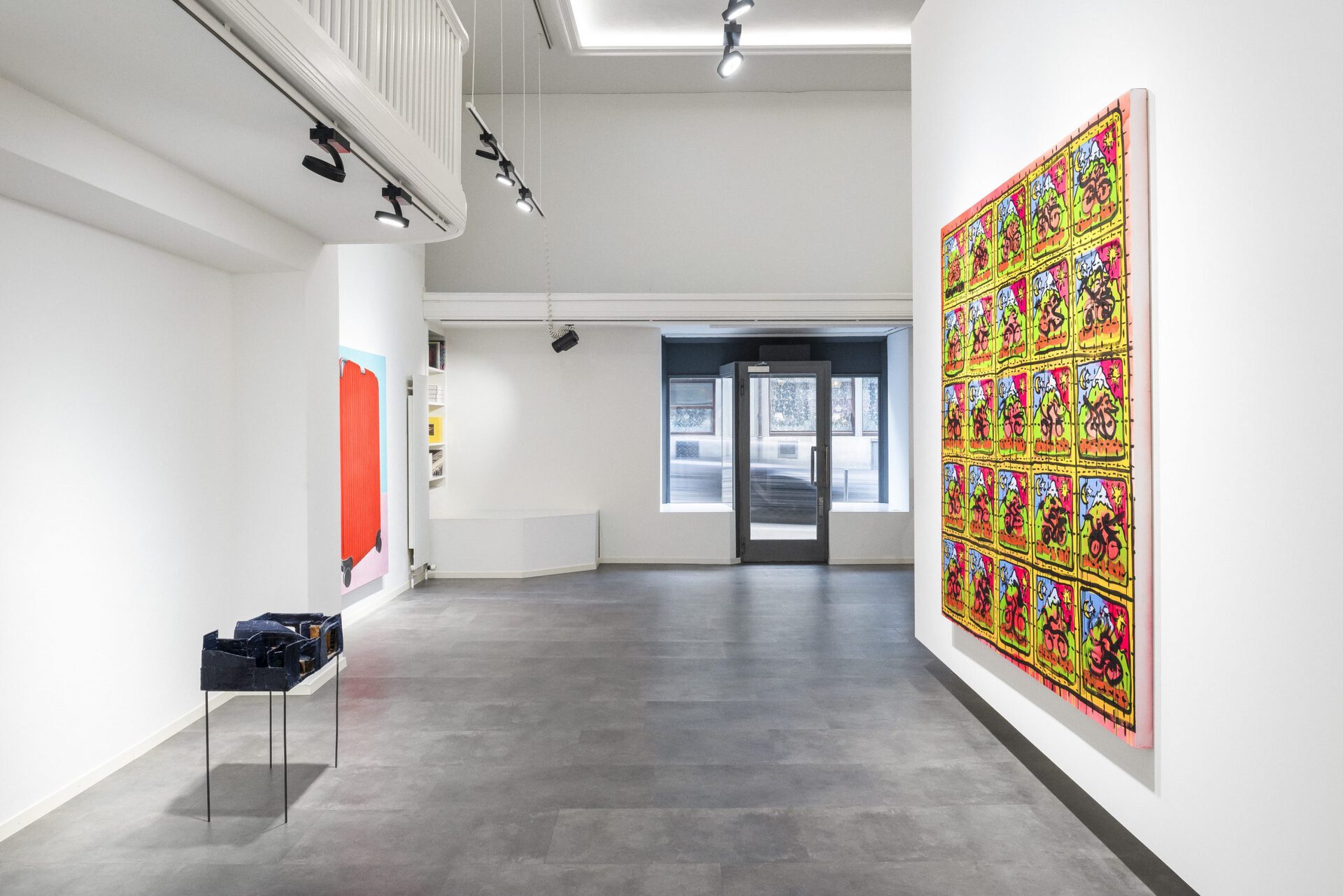
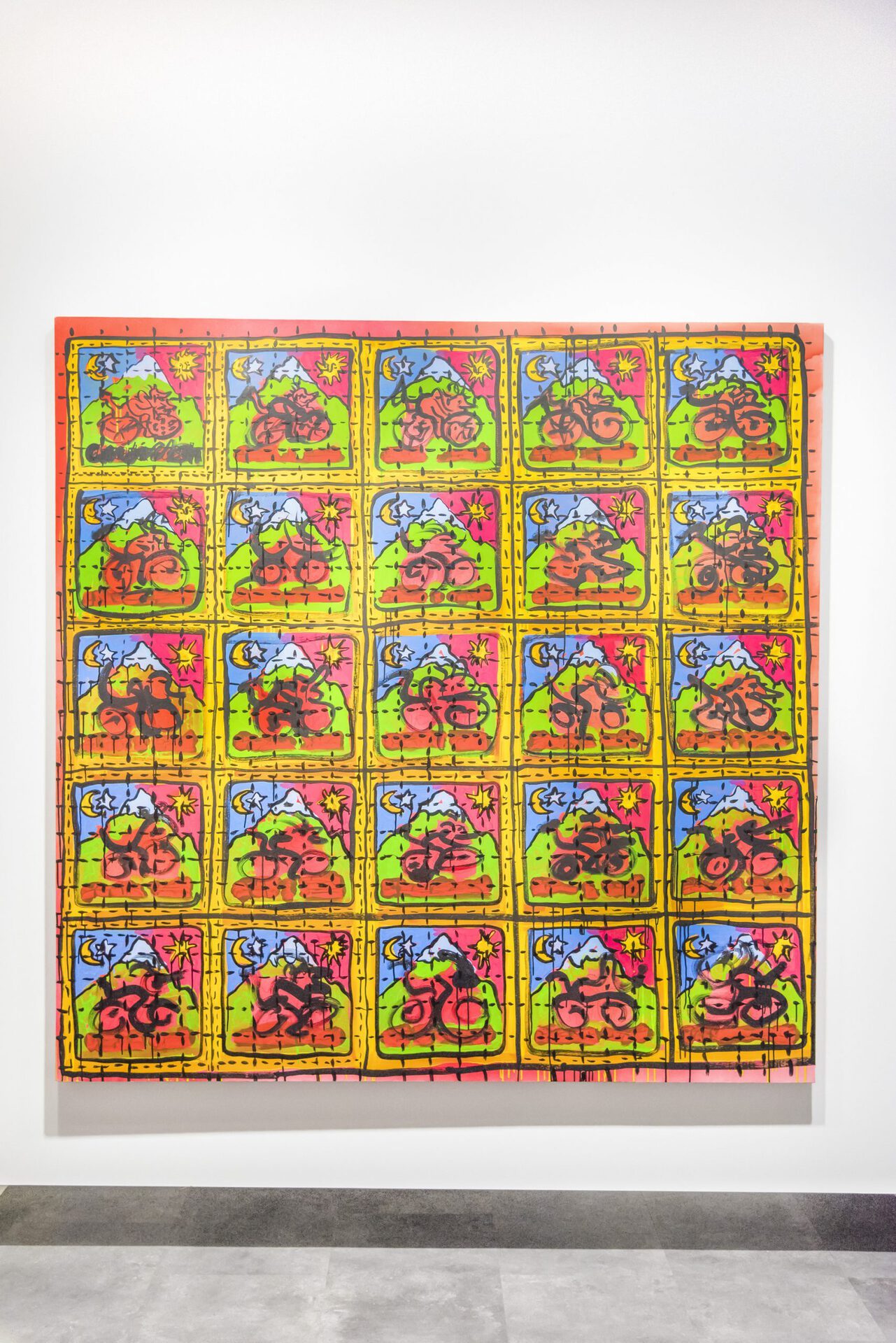


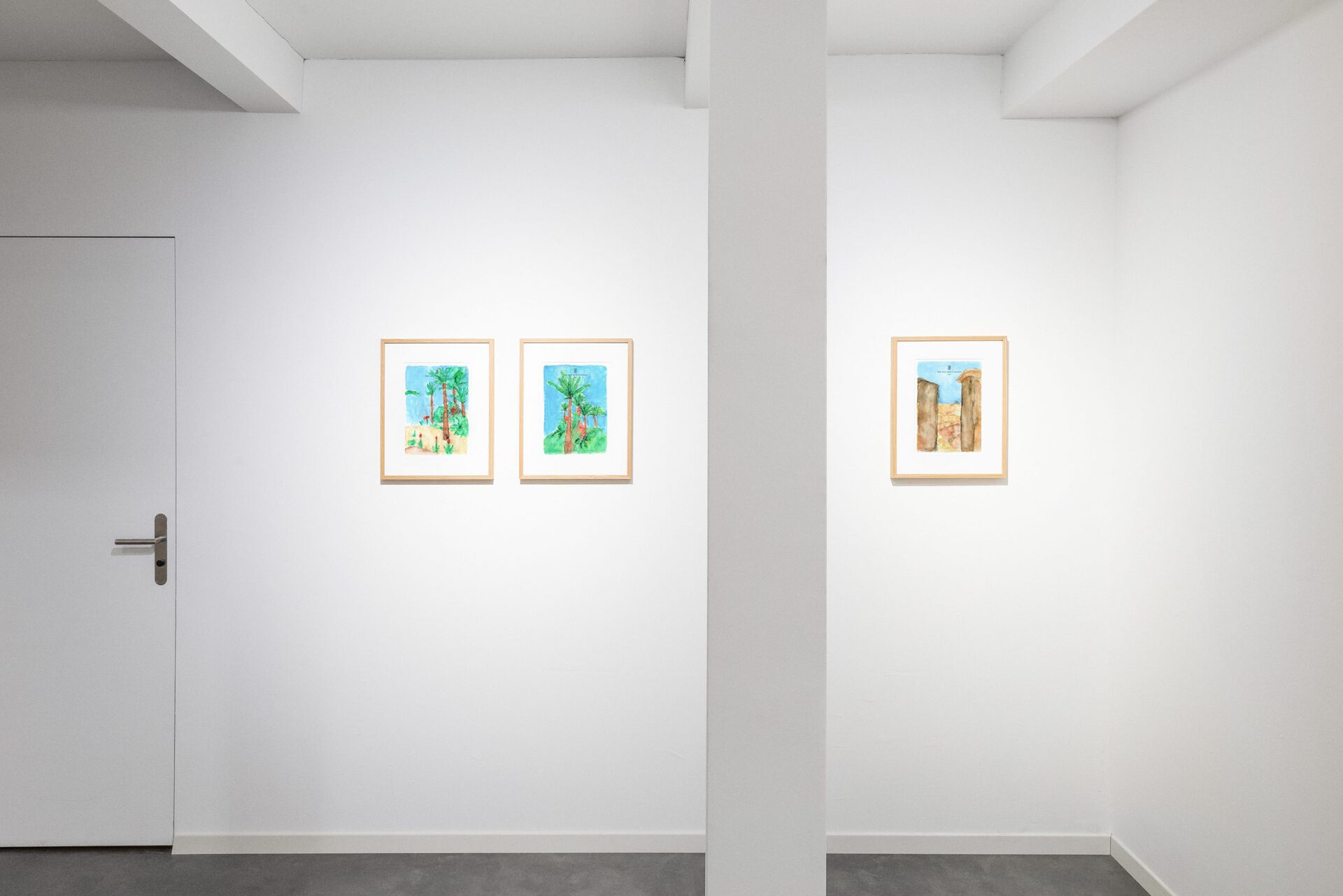
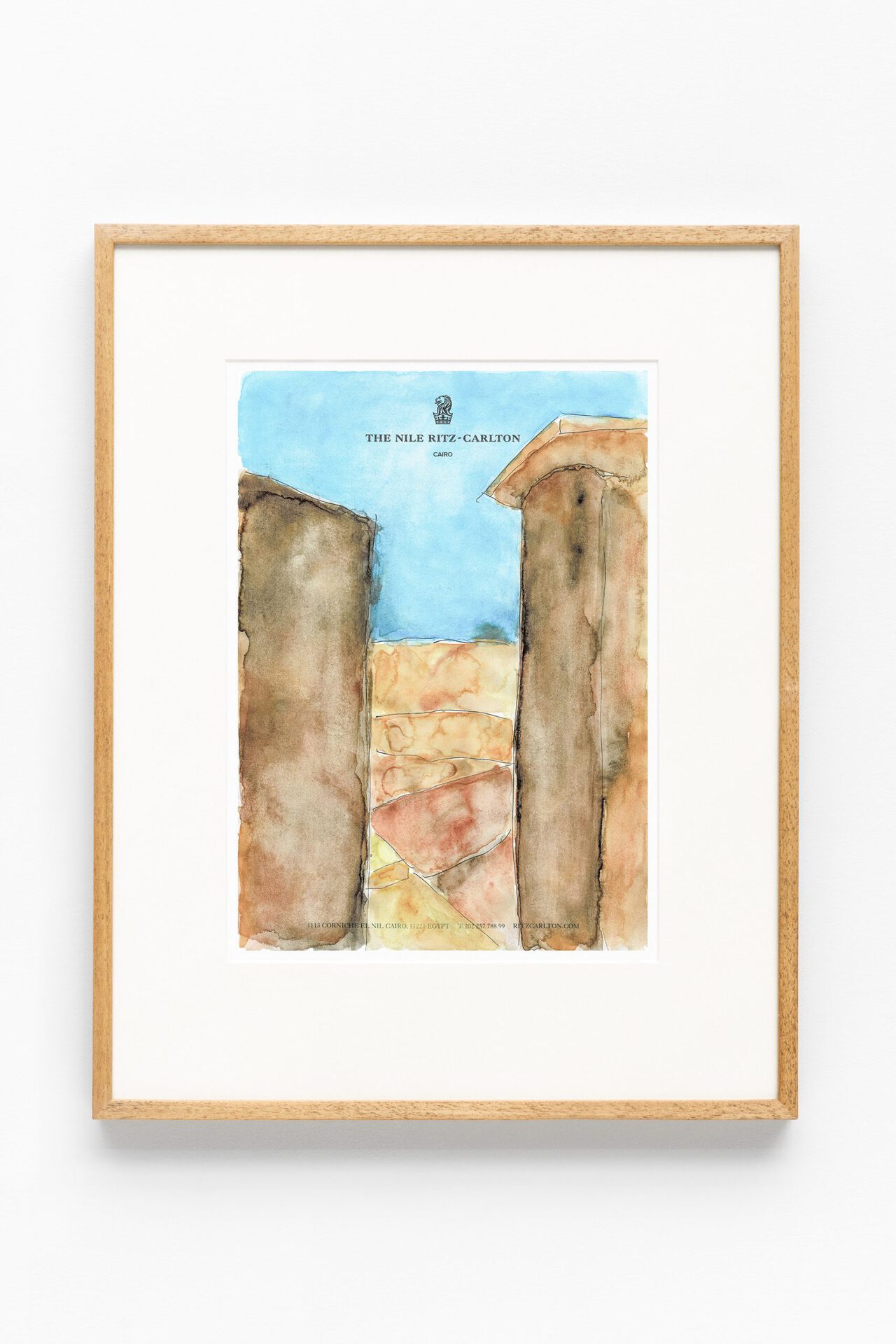

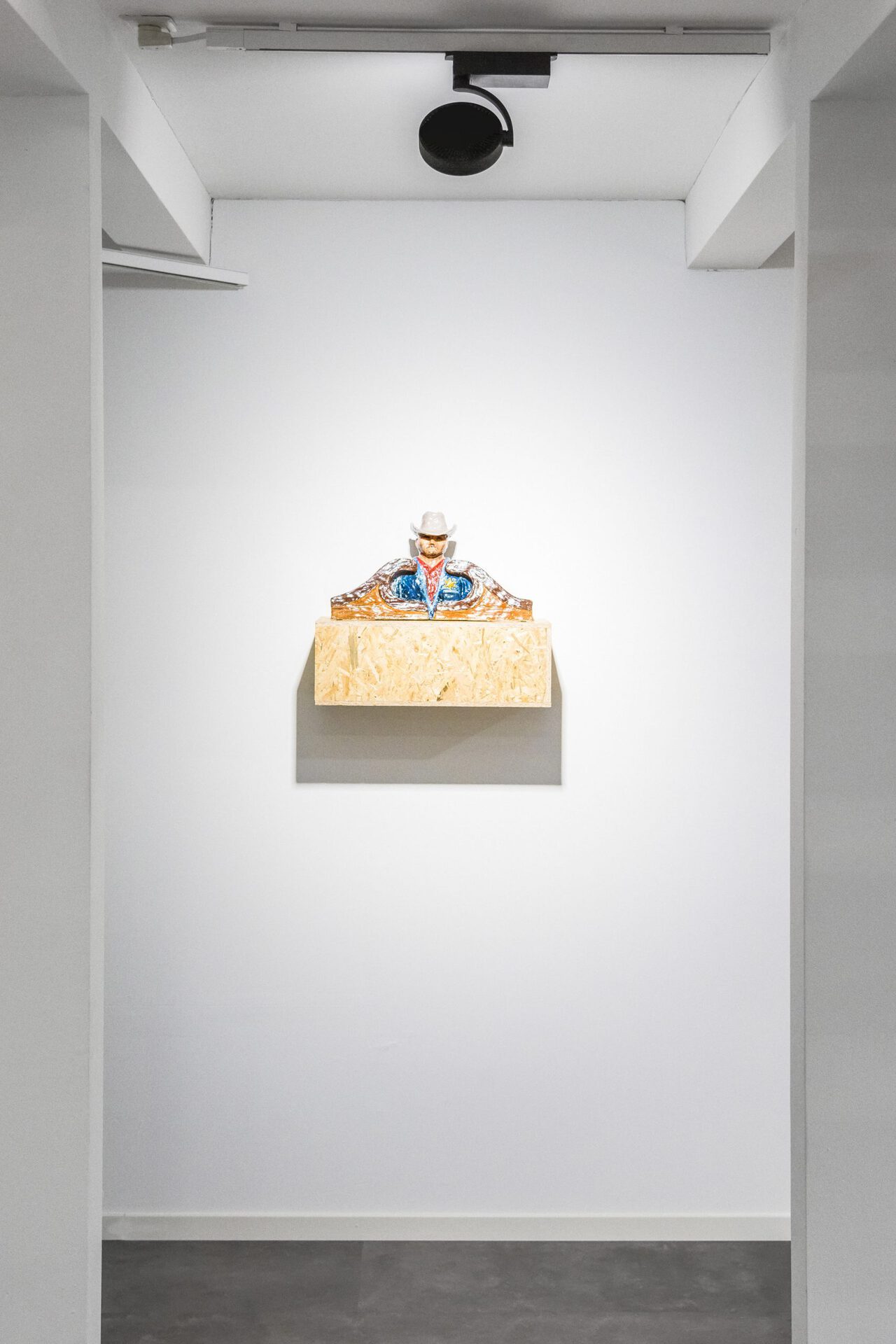
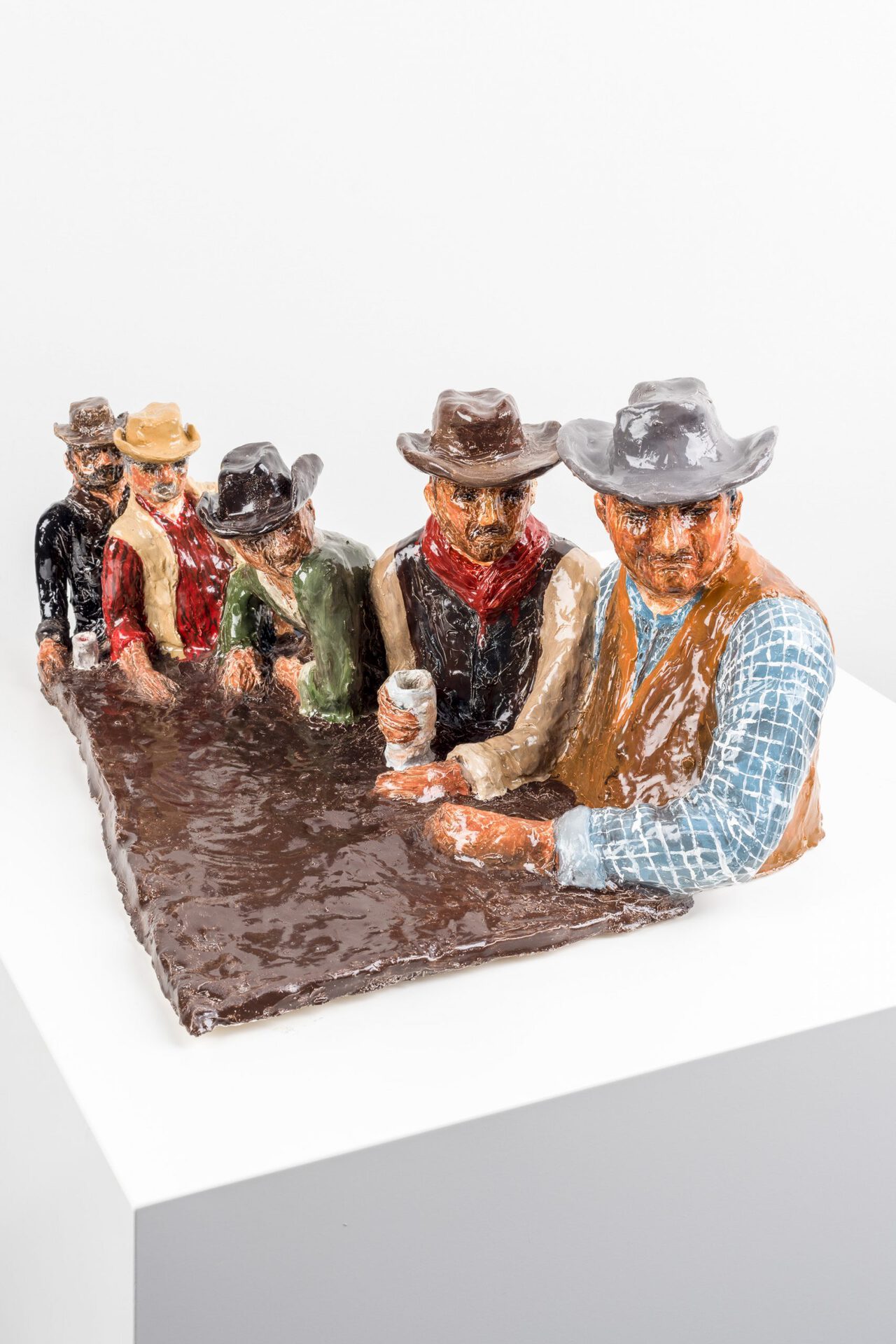

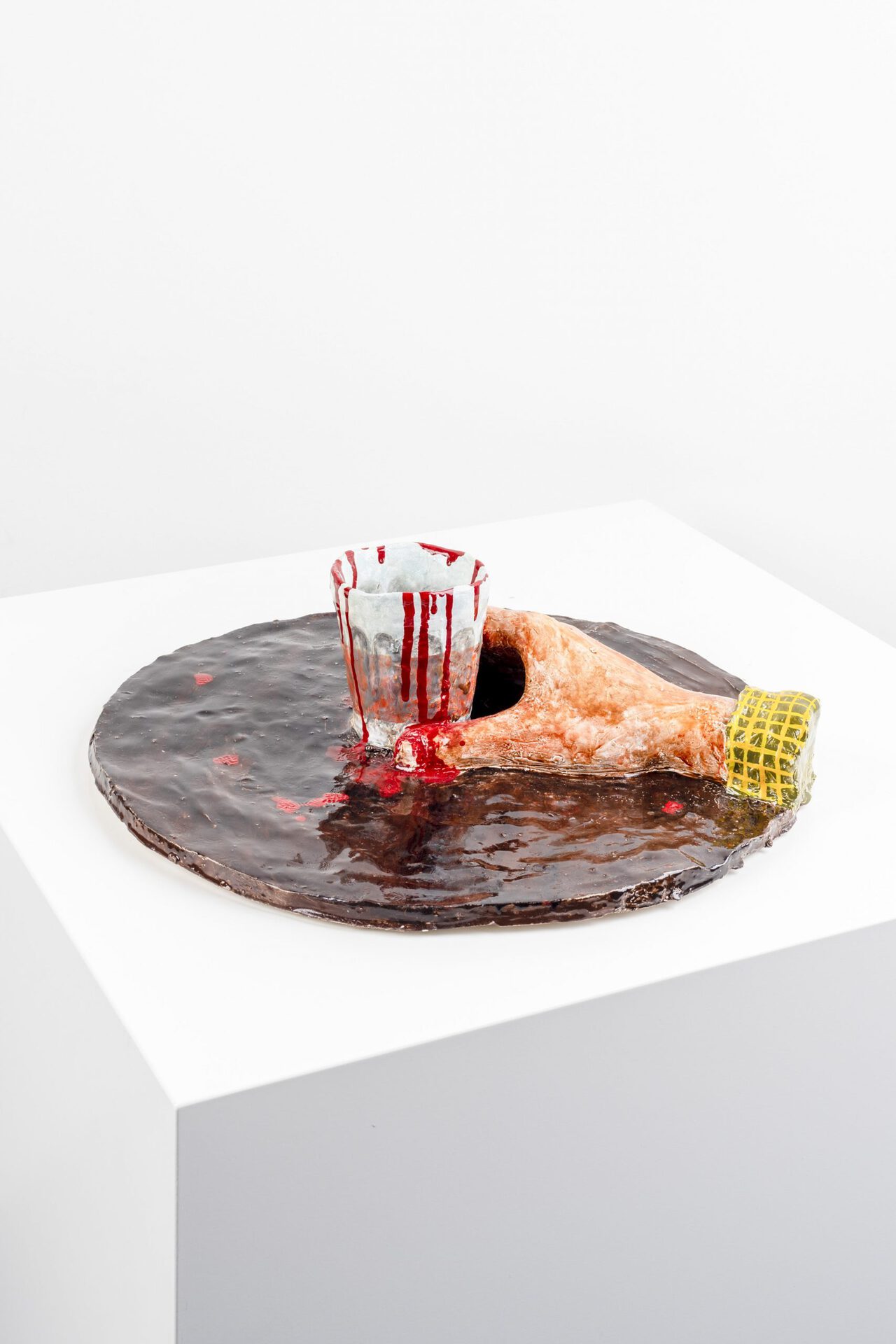

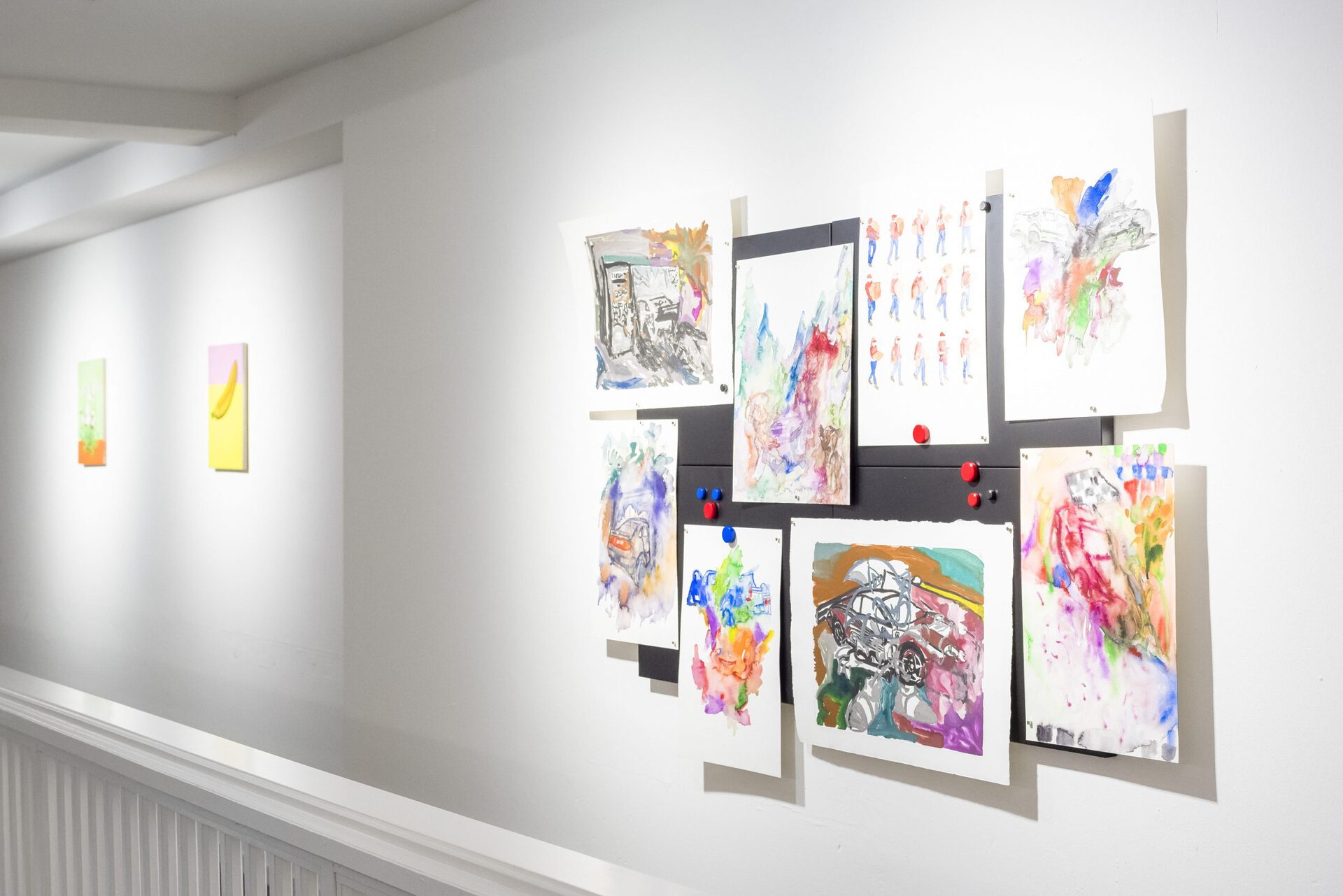

Location
Blue Velvet ProjectsDate
25.11 –14.01.2022Photography
Chris HarkerSubheadline
Stefania Carlotti, Marius Steiger, Ștefan TănaseText
Down the Hills
Stefania Carlotti - Marius Steiger - Ștefan Tănase
26.11.21-15.01.22
Two friends are sitting on a hill in the burning sun. Their horses stand beneath them and one can feel the tension in the air. A snake peeps out of the sand and begins to move sinuously towards the two friends. Shooting a rattlesnake is an essential part of any authentic desert experience. They shoot. They shoot again and they miss. The snake pounces and sticks its teeth into the arm of one of the two men. The snake hangs onto his arm, while he violently tries to shake it off. The snake finally releases its bite and tries to escape. More gunshots fire. The two fake cowboys unload the drums of their revolvers, finally killing the snake and then leaving the hill.
– You suppose it’s real?
– Hell no! That’s not supposed to happen!
In Westworld snakes are meant to be programmed not to bite. Some guys in white scrubs access the desert and pick up the animal's remains. They take the carcass to the lab, where they meticulously inspect its electronic guts. The verdict is a failure in the logic circuits.
This is just the first of the following technical glitches that break the balance of play in Westworld (a 1973 film, on which the homonymous HBO series from 2017 was based). A sci-fi amusement park for the bored and thirsty rich people in search of alternate identities: impersonating heroes and anti-heroes on different epochal settings populated with humanlike robots. In the course of the plot, these humanoids undergo an evolution in their perceptual awareness that brings them to the edge between actual life and its simulation. How can we situate the works of Stefania Carlotti, Marius Steiger, and Ștefan Tănase within Westworld?
The question of authenticity and artificiality, of reality and simulation is present throughout Marius Steiger's artistic production. Through the pictorial reproduction of objects and subjects, he seems to build an immense catalogue on pastel backgrounds, to be scrolled on the couch in the waiting room before receiving the invitation to cross the door and get on the saddle. A vast taxonomy of objects with which to conceive a reality or an identity, like a lonely boy in an atmosphere of insecurity, where plants appear synthetic and suitcases seem like contemporary artifacts. A sequence of goods that define the character of a game in which we all take part. A consumer society monitored by the operators of a superimposed surveillance system.
Stefania Carlotti's artistic practice is instead accomplice and architect, refusing to bow to this atmosphere of uncertainty. Her ceramic maquettes pass on the cultural heritage needed, for future fake cowboys (never extinct and always dressed Ralph Laurent) to understand how life could be inside the myth. Artificial figures with icy, macabre stares portrayed in wild fights. Scenes that, changing one's point of view and looking at them from the side, seem like film stills. In her ceramics, in fact, the largest figures are those in the foreground, a resource that accentuates the zoom effect, giving the feeling of being swallowed by the miniature world of the old West.
Outside of the play, a reality that has the aftertaste of German expressionism looms large. A population of customers who, instead of leaving their homes, rely on the care of new riders, whose deeds have been described as heroic. Called through digital platforms they move into a precar ous reality, leading different herds (and carrying a thermic bag on their backs). You see them in the distance riding bicycles and motorized machines. Far away from the myth of the rebel cowboy, these riders are the main subjects of Ștefan Tănase's research, who through his artistic practice points towards what remains in the world outside the digital dimension. In this case, lonely boys and girls on electric scooters delivering hot meals and risking accidents in our deserted and silent metropolis.
“[...]
I'm gonna take my horse to the old town road
I'm gonna ride 'til I can't no more [...]” Lil Nas X
Giada Olivotto